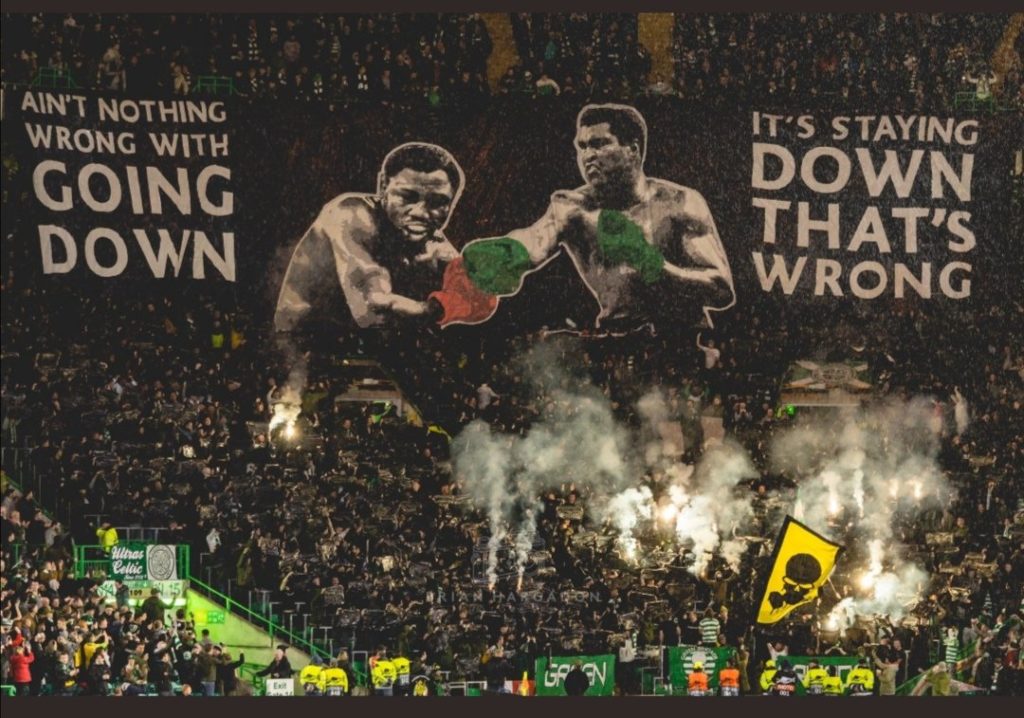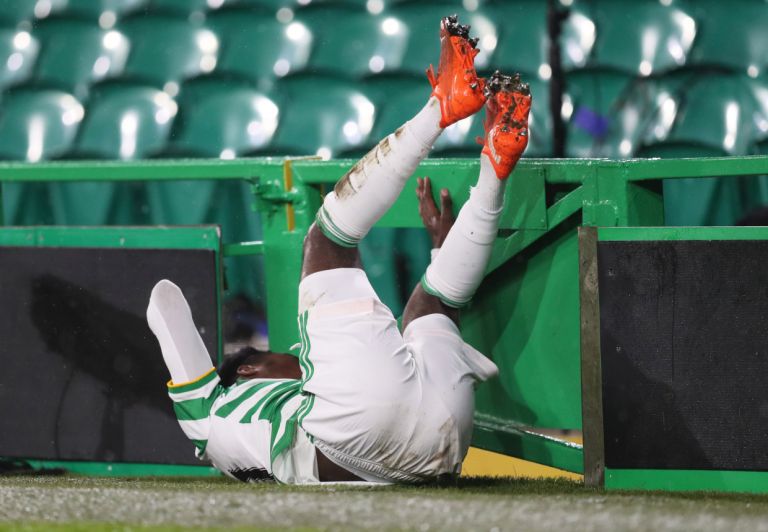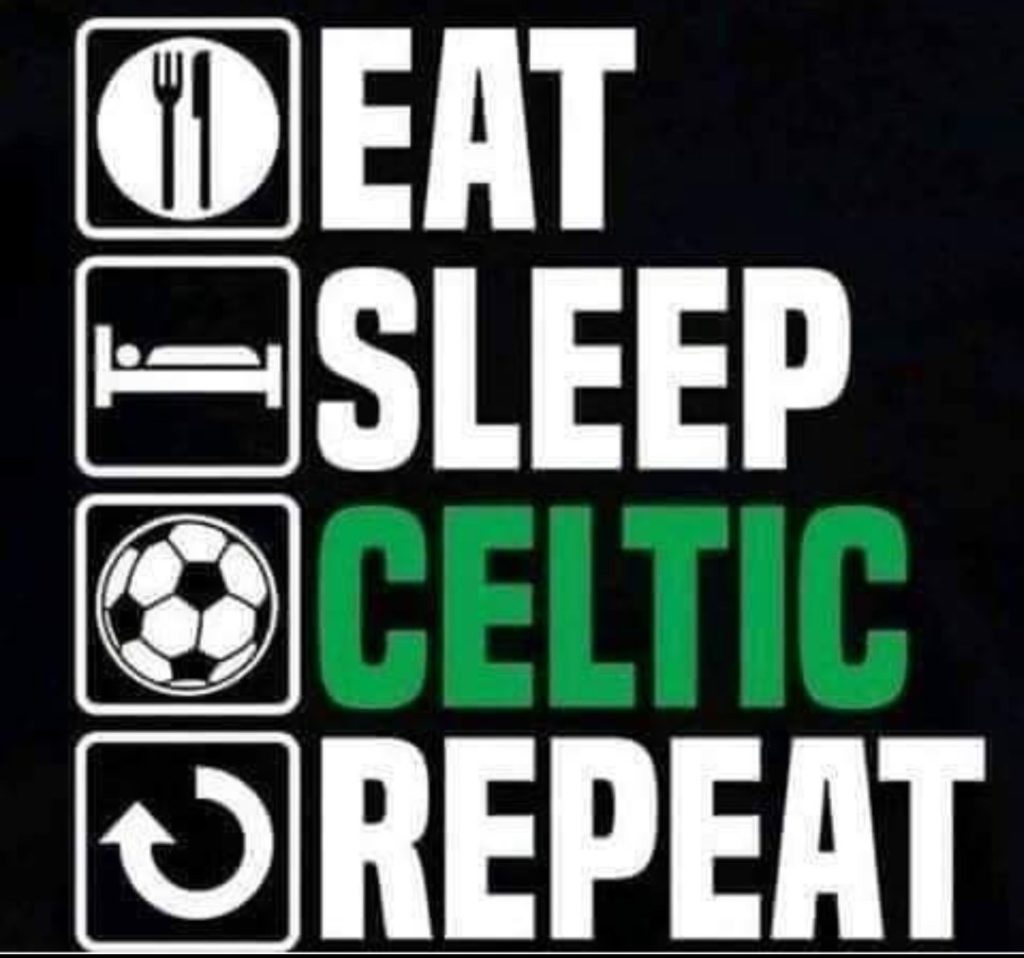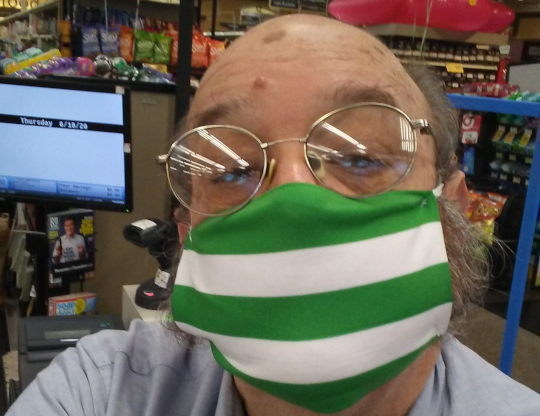Now that the horrendous dumpster fire of a season is behind us — and the further behind us in the proverbial rearview mirror, the better — and while we ponder who will be taking the reins for next season, it might be a good idea to take a look at some of the facets of the disaster that are not often talked about but should never be repeated.
A few quick observations about what wasn’t talked about nearly enough would have to include the following.

Second is, well, second
After a perfect storm of mismanagement on the pitch and in the boardroom assisted by some remarkably questionable outside circumstances and decisions by both league and government officials, you would think that Celtic had finished sixth in the Premiership this past season.
Yet despite the symphony of disaster the club navigated in 2020/21, Celtic finished a comfortable second in the table. You want to say, “Yeah, well, second is the first loser”? Go ahead, but it would be my duty to inform you that this is a remarkably shallow and moronic take. In this case, second is ahead of 10 other teams in the league. True, it’s not what we want — not what we demand — as Celtic fans, but that’s the reality. I understand we’ve had worse finishes than this in the past.
Departures and injuries
Not enough was made of injuries to some key players, specifically James Forrest, Mikey Johnston, and Christopher Jullien. The absence of those three alone had a profound effect on the performance of the club, to the point that whatever lack of magic or improvisation from the technical area — and it can be successfully argued that there was a complete lack of that this season — showed in the lackluster and uneven play on the pitch by the Hoops.
Another aspect that was mostly discounted during the season was the lack of fans in the seats. Celtic’s 12th man was clearly missing, and it is something that contributed to the uninspired season. In this first season of COVID football, it wasn’t only Celtic which felt the effect: Liverpool, whose fans carry their club in the same manner Celtic’s fans do with the Hoops, stumbled this season as well.

It wasn’t just injuries that sent players off the pitch. Hatem Elhamed had family issues borne of selectively restrictive immigration policies — the same restrictive immigration policies that kept Americans Andrew Gutman and Manny Perez stateside and, as a result, now playing for other clubs in the MLS — and Elhamed chose to return to Israel rather than stay in Scotland. I suspect Jeremie Frimpong had enough of being slammed by hammerthrowing nobodies like Kilmarnock’s Alan Power and Hibernian’s Alex Gogic and jumped with both feet at the chance to play in the Bundesliga, a slightly more prestigious league than the officiating-challenged SPFL.
[An aside: The SFA has a monumental problem on its hands in its officiating corps, which this past season set the gold standard for awful, overall, and could easily be seen as biased toward one club. Not only does the quality of Scottish football suffer immensely because of it, it makes the Premiership a laughingstock in the eyes of the rest of the world.]
Who’s on the horizon?
Although his legacy is will be firmly cemened as the gaffer who blew the 10, Neil Lennon still holds an overall positive place in Celtic lore. And while much is made of the lengthy Eddie Howe courtship — if he even accepts the proposal from the club — it is more important to take a look at the shape the club is in.
Here’s a minority viewpoint: The club is in good shape going in to the next season, and here’s why: With the fresh slate of an injury-free squad coupled with a significant bumper crop of young talent, most of whom are coming off successful loan spells to return to the club, next season looks promising even without having to acquire outside talent. In a post-COVID football world, clubs that are most prudent with their spending will be the strongest, and Celtic has only a couple of gaps to fill.
A partial list of returnees: Vakoun Bayo, Jack Hendry, Maryan Shved (if he chooses to return), Luca Connell, Jonathan Afolabi — all players who have made an impression with their loan clubs.
So despite a season that is best left in the bin of bad dreams, the ship will be righted by next season and Celtic will return to its winning ways.
Count on it.
One more thing
With the relegation of Hamilton Academical and Kilmarnock, it looks like two plastic pitches have been removed from the purview of the Premiership, leaving only Livingston’s pitch as the only artificial surface to be played on. Two out of three ain’t bad. So can we bring back Jozo Simunovic?
Also, speaking of Kilmarnock, it’s amazing how Killie took a monumental nosedive in the wake of Steve Clarke’s departure from the club. All of which is to say that if he wasn’t coaching the national team — getting the most out of the players and having the Scotland squad punch well above their weight — he’d be a good choice to put Celtic back on track.
Mon the Hoops!


